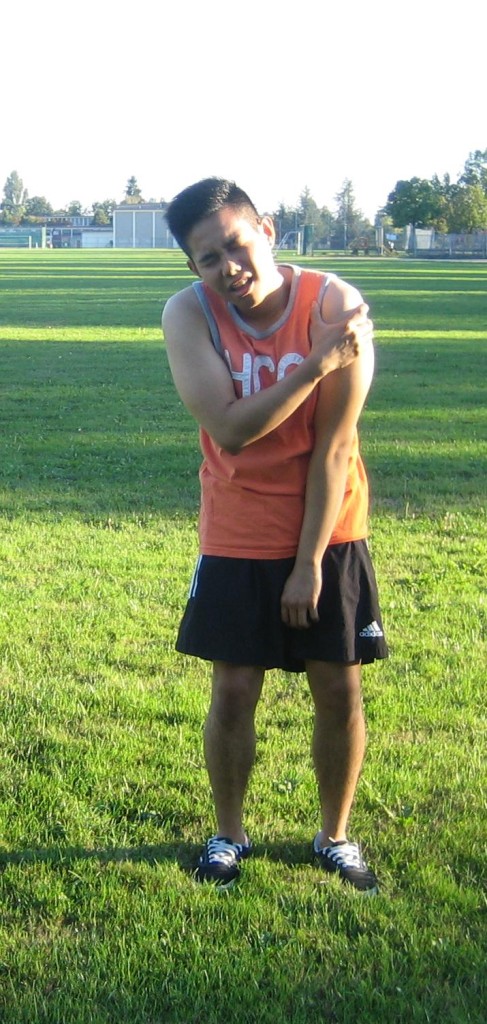With the help of advancements in medicine, a shoulder joint tear can be identified and properly managed. It is important to note that the head of humerus is positioned in a low socket in the shoulder blade which is known as the glenoid. The crown of the upper arm bone is slightly bigger than the socket. There is a soft fibrous tissue rim called labrum that surrounds the socket to stabilize the joint.
https://www.youtube.com/watch?v=LBxoFnWirGI
Risk factors
Any injury to the tissue rim that surrounds the shoulder socket can occur from acute trauma or engaging in monotonous shoulder motions such as the following:
- Falls onto an extended arm
- Abrupt pull such as lifting heavy objects
- Direct blow to the shoulder
- Violent overhead reaching such as attempting to stop a slide or fall
Individuals who engage in throwing sports or weightlifting can suffer from a shoulder joint tear due to repetitive shoulder motion.
What are the indications?

The indications of a shoulder joint tear particularly in the socket rim are strikingly like other shoulder injuries such as the following:
- Pain usually during overhead activities
- Occasional pain at night time or while performing daily activities
- Locking, catching, popping or grinding sensation
- Diminished range of motion
- Instability in the shoulder
- Loss of strength
Management
Until a diagnosis is given, the doctor will prescribe anti-inflammatory medications and getting enough rest to alleviate the symptoms. Rehabilitation exercises to strengthen the rotator cuff muscles are usually recommended. In case these conservative measures are not enough, the doctor might recommend arthroscopic surgery.
When arthroscopic surgery is performed, the doctor assesses the rim as well as the biceps tendon. In case the damage is limited to the rim only without the tendon, the shoulder is still considered stable. The surgeon will take out the damaged flap and fix any other associated issues. In case the tear expands into the biceps tendon or the tendon is disconnected, the shoulder is considered unstable. The surgeon should fix and reconnect the tendon by using wires, absorbable tacks or sutures.
Quick Note / Disclaimer
The material posted on this page on a shoulder joint tear is for learning and educational purposes only. To learn to recognize and manage joint injuries including on the shoulder joint, register for a first aid and CPR course with Victoria First Aid.


